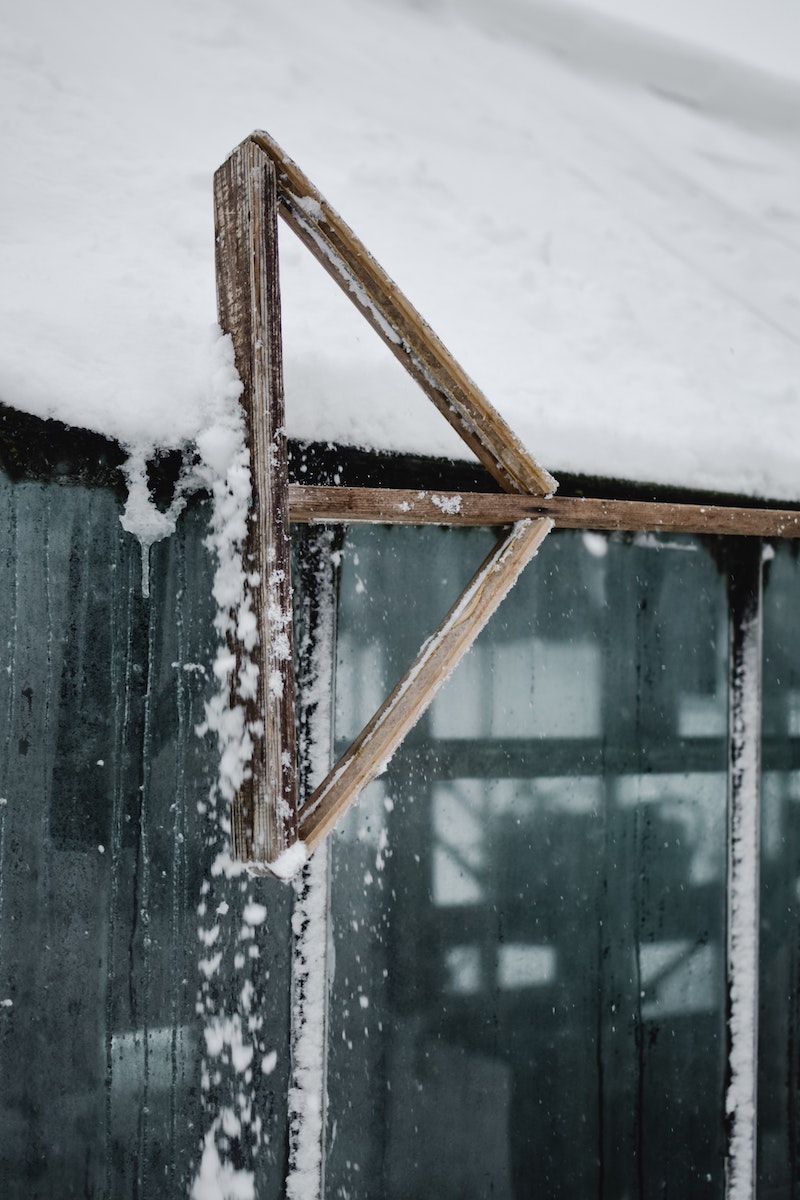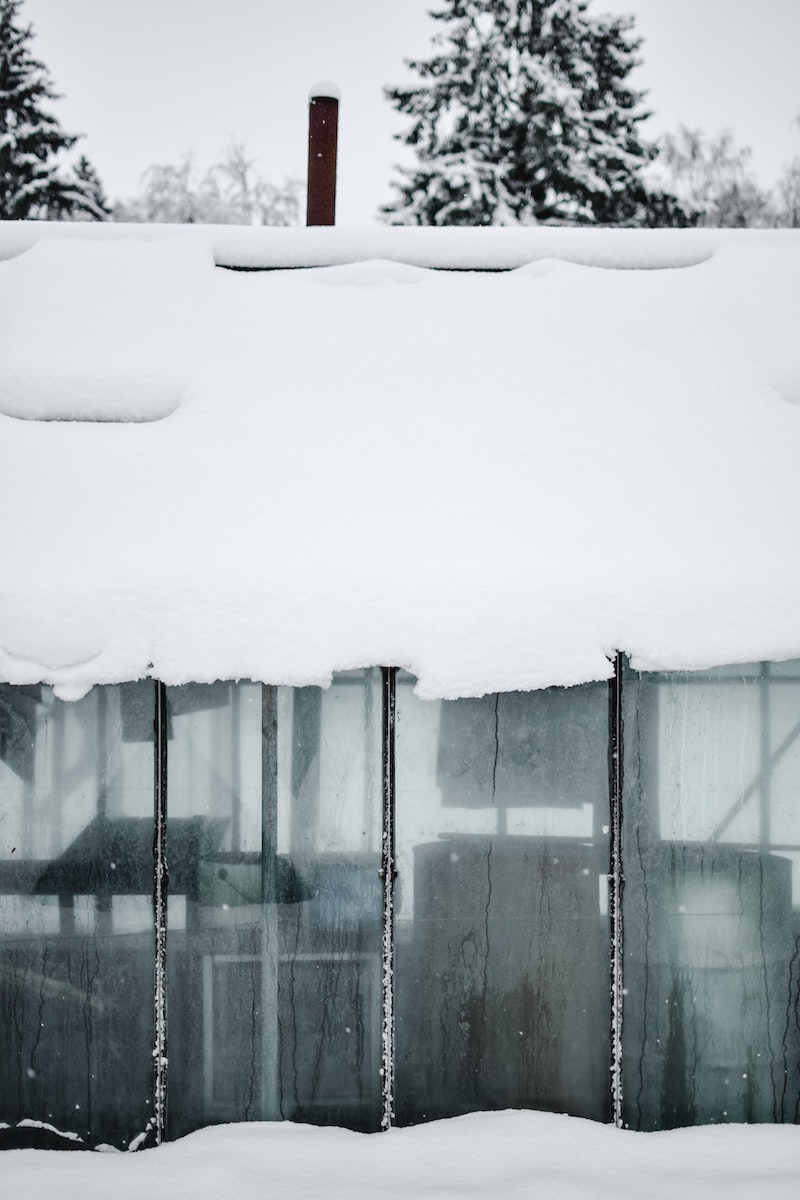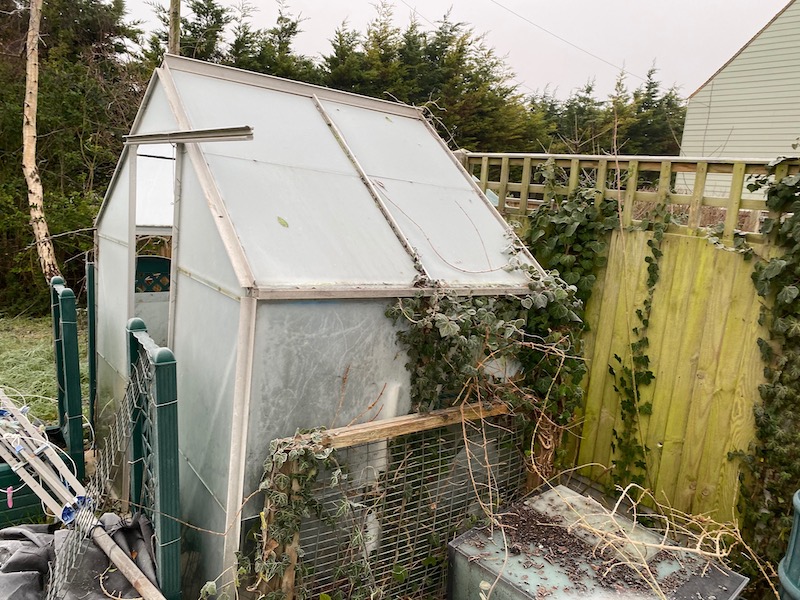Out of all the questions I am asked by up-and-coming gardeners, ones regarding the use of greenhouses, and the use of them in winter, are probably among the most frequent.
This is no surprise to me, gardening is as addictive as it is rewarding, so of course people want to know about growing things through the winter to brighten the garden, but this subject isn’t something we can just cover with a simple answer, there’s so many different scenarios and so I’ve tried to build a rounded understanding to achieving a greenhouse that’s frost free.
There are tons of related questions to winters, frost, and greenhouses, and quite a few variables to consider too. However, we have written this article in an attempt to cover the main things that we believe people will want/need to know about the subject, and it is our goal to have you all growing in frost-free greenhouses this winter.
What you’ll learn in this frost free greenhouse guide
What can I grow in a greenhouse over winter?
Do plastic greenhouses protect from frost?
How to keep a greenhouse warm without using electricity
- Insulate with bubble wrap
- Change the panels on your greenhouse
- Using thermal mass
- Have a compost pile inside your greenhouse
- Dig down to warmer ground
What’s the best way to heat a greenhouse?
What can I grow in a greenhouse over winter?
To answer this, I’d need to know a few things about your greenhouse. For example, is it a glass greenhouse or plastic? Is it heated by some source? Have you insulated it? All of these factors will play a part in what options are available to you.
let’s say you have a completely normal greenhouse that hasn’t been specifically insulated, nor is there any heating in there. Even in this case, you can still grow cold tolerant green vegetables such as Broccoli, Brussel Sprouts, and Cabbages, in addition to the many root vegetables, without issue.
If flowers are more your thing, an unheated greenhouse can still provide a great home for pansies, Helleborus, Chrysanthemum, and many others.
If your greenhouse is well insulated, and don’t worry; we are going to explain how to do that, then obviously your options increase due to the improved conditions inside and you will even be able to keep your tender plants from getting damaged by frost.
Obviously using a heater, especially one with a controllable thermostat, will give you the most freedom when it comes to growing in your greenhouse in winter, but you have to think of the electric or fuel bills, not to mention trying to save energy to help the planet.
Articles that may be of interest to you related to the greenhouse:
- How to Replace Greenhouse Glass
- How to vent a Greenhouse
- How to Grow in the Greenhouse All Year Round
- UK’s Best mini greenhouse for tomatoes based on quality and value 2020 [Summer]
-
6 Best Greenhouses Reviewed (UK) (November 2020 Updated Review) -
Best Greenhouse Heaters (November 2020 Updated Review)
Do plastic greenhouses protect from frost?
Yes, plastic greenhouses can protect from frost but it all depends on that particular greenhouse as not all products are designed or built the same.
Then there is the whole insulation issue again, without good insulation, you might find that your plastic greenhouse struggles to keep the internal temperature above freezing, but with just a little bit of knowledge, and some cheap materials, you can insulate a plastic greenhouse so that it protects from frost.

How to keep a greenhouse warm without using electricity
You don’t need to have a heart attack every time the electric bill comes through the door, just to keep your greenhouse warm. Here are a few tricks you can use to keep the temperatures up, and the costs down.
Insulate with bubble wrap
Bubble wrap is an excellent, yet cheap material that you can use to help insulate your greenhouse, whether it is a large one, or a small cold frame.
Generally speaking, you want wrap that has larger bubbles as these provide better insulation and will also allow more light to enter the greenhouse.
North facing windows should definitely be insulated during winter, and also ceilings, but feel free to wrap whatever you feel you need to in order to keep that heat inside.
Change the panels on your greenhouse
If you have single layer plastic panels as your greenhouse glazing, you might want to consider swapping them out for ones that are multi-layered. You could use Pilkington Activ Blue that’ll work to keep the greenhouse both warm and cool when you want. If you have ordinary glass panes, you could either change them, or simply use some plastic panes to act as an inner liner and provide more insulation.
Using thermal mass
If you’ve never heard of this before, don’t worry, it sounds more complicated than what it actually means. Basically, it refers to when objects such as stones, concrete, or even water, store the suns energy inside when the temperature is warmer, i.e. during the day, and then they release said energy at night when it’s cooler.
Some of the best ways to use this idea are to have a floor made of stone and also have black barrels, or glass bottles, of water around.
Have a compost pile inside your greenhouse
We all know compost piles generate heat, so why not make the most of that warmth and trap it in your greenhouse so that your plants and crops can benefit from it?
Not only will your plants benefit, but the compost pile itself will continue to ‘cook’ over the winter if left in the greenhouse.
Dig down to warmer ground
Beneath the top layer of soil, the earth is actually much warmer and you can make good use of that. If you are just about to build your greenhouse, maybe consider digging it down a few feet into the ground to make use of this natural heat, or even building the north side into the side of a hill. I choose the north side as it receives the least amount of sunlight and is often the side that leaks the most heat.

What’s the best way to heat a greenhouse?
Without a doubt, the best way to heat a greenhouse is using a greenhouse heater. Electric powered space heater heaters, wall mounted heaters, or table top heaters are worth a look too and are the most convenient and, when used with a good thermostat, offer you the most control over the conditions inside the greenhouse. A lot of models are fan heaters, which is perfect as they help to circulate the warmth around the interior but these all eat electric far more considerably than models that just take the edge off.
If you’re set against electric heaters, you can still provide your plants with extra warmth by using a good old fashioned paraffin heater. The modern versions of these don’t produce the fumes that the old ones used to, and they are relatively inexpensive to buy and fuel. One thing to be aware of though, is that paraffin heaters will only fight off frost as long as the outside temperature doesn’t drop below minus 6 degrees Celsius. You also need to keep an eye on the water vapour that these heaters produce so that you don’t get overly damp conditions.
Having a good combination of well-fitted bubble wrap or foam insulation, using thermal mass, a little extra heating from either an electric or paraffin heater, and other tricks like using compost, will definitely keep the frost away, even in the coldest winter. It’s this grouping of smaller techniques and ides that I recommend the most, and wouldn’t suggest relying on any single one of them to be used on their own if you want the best results.
